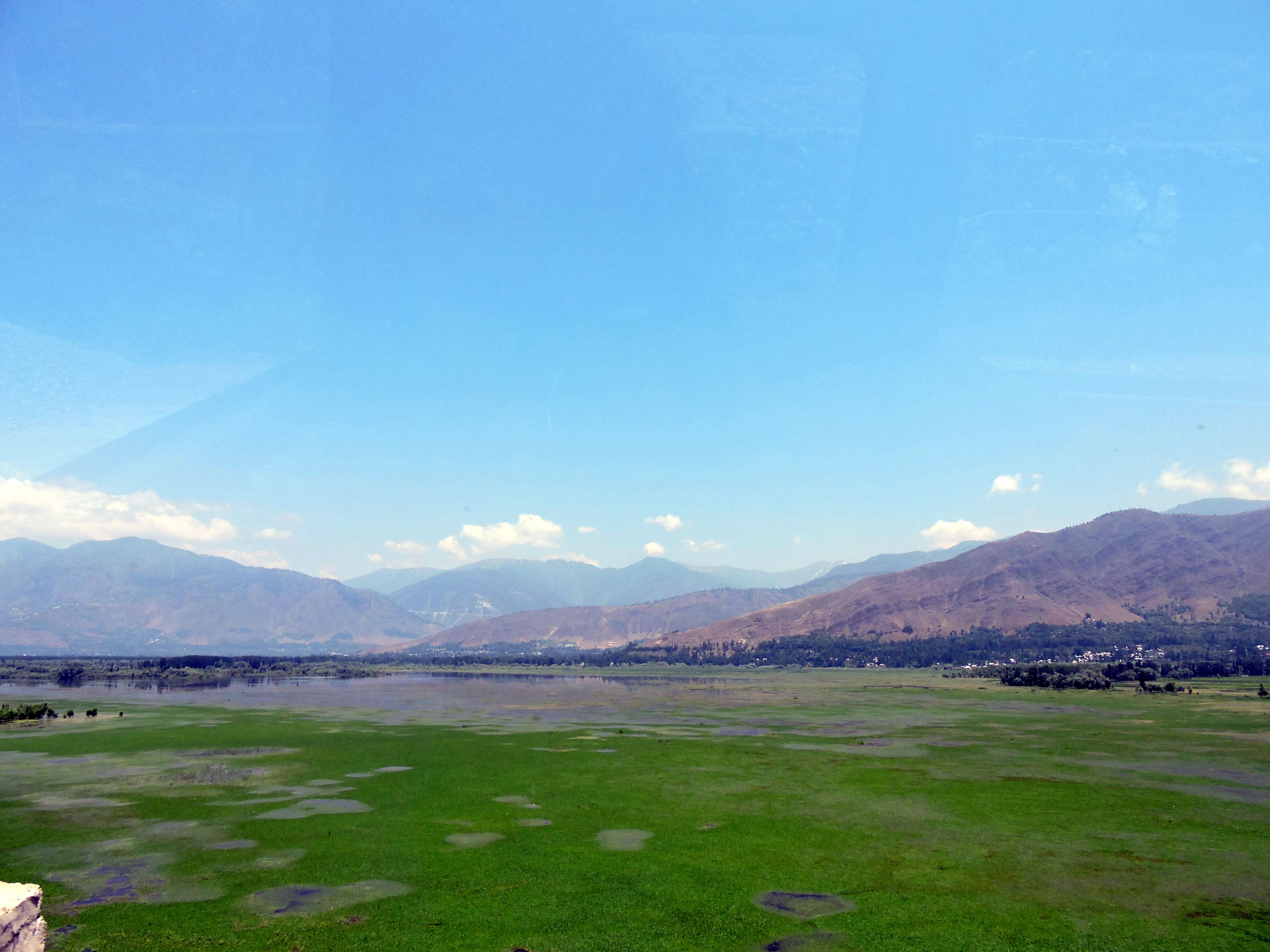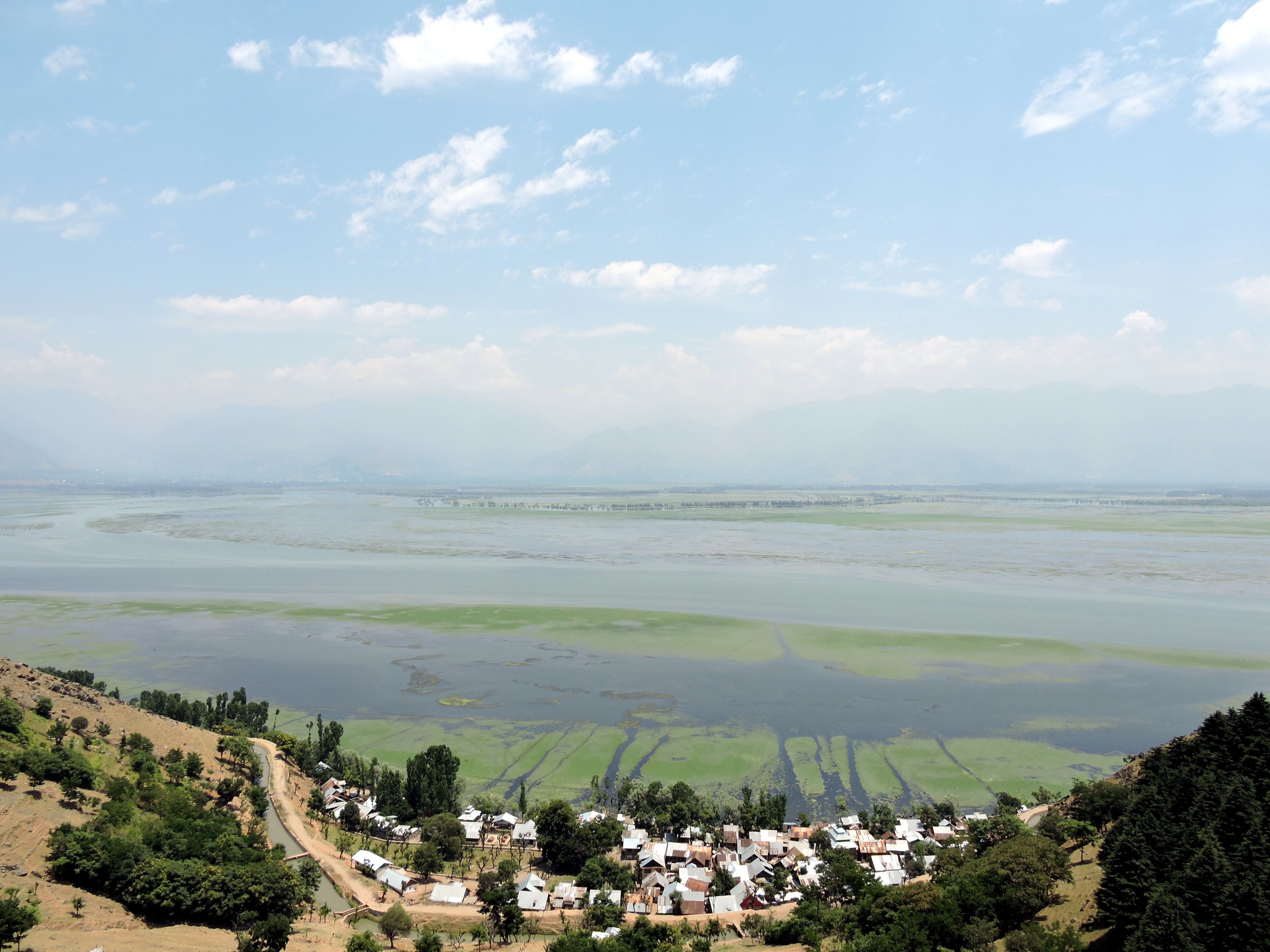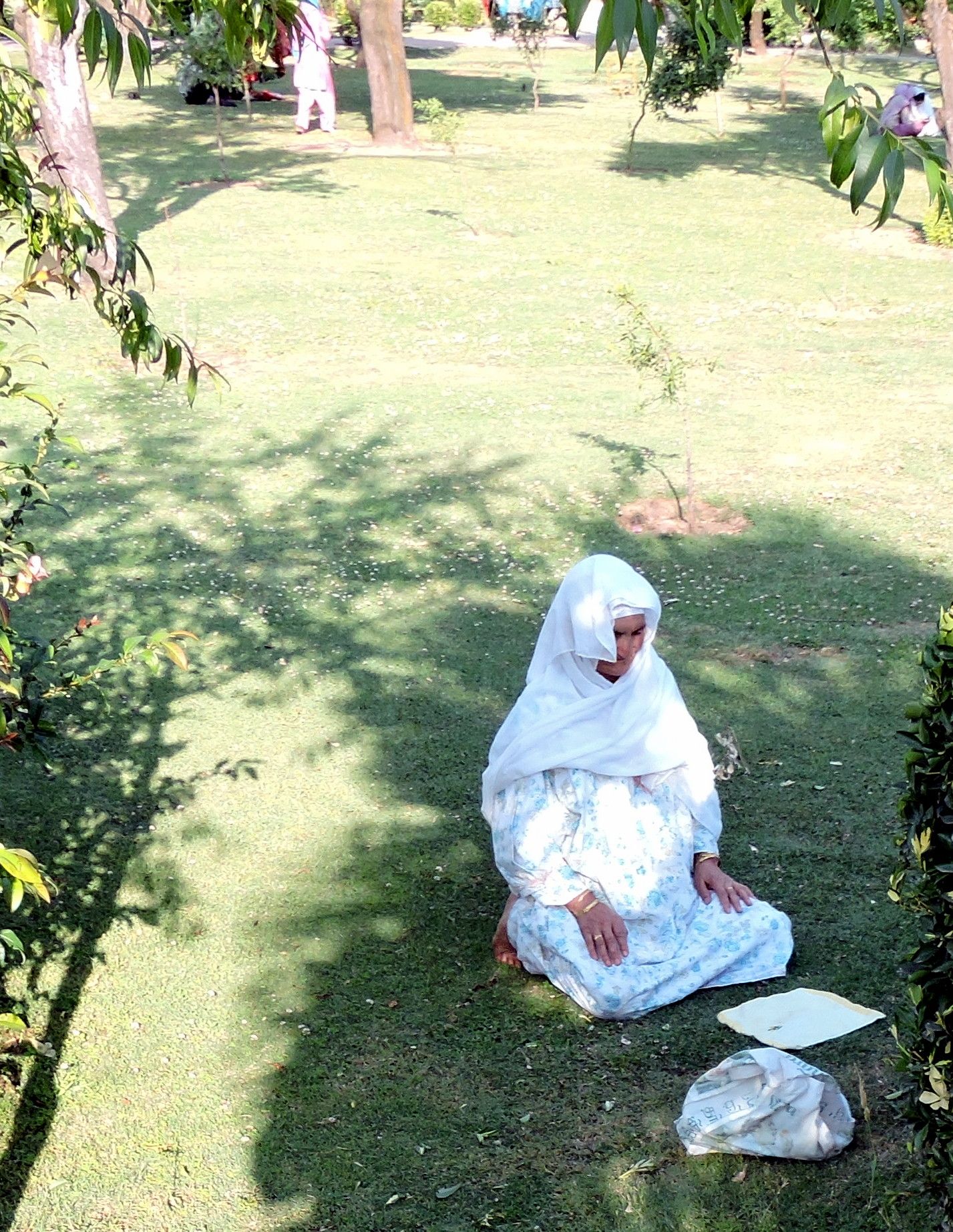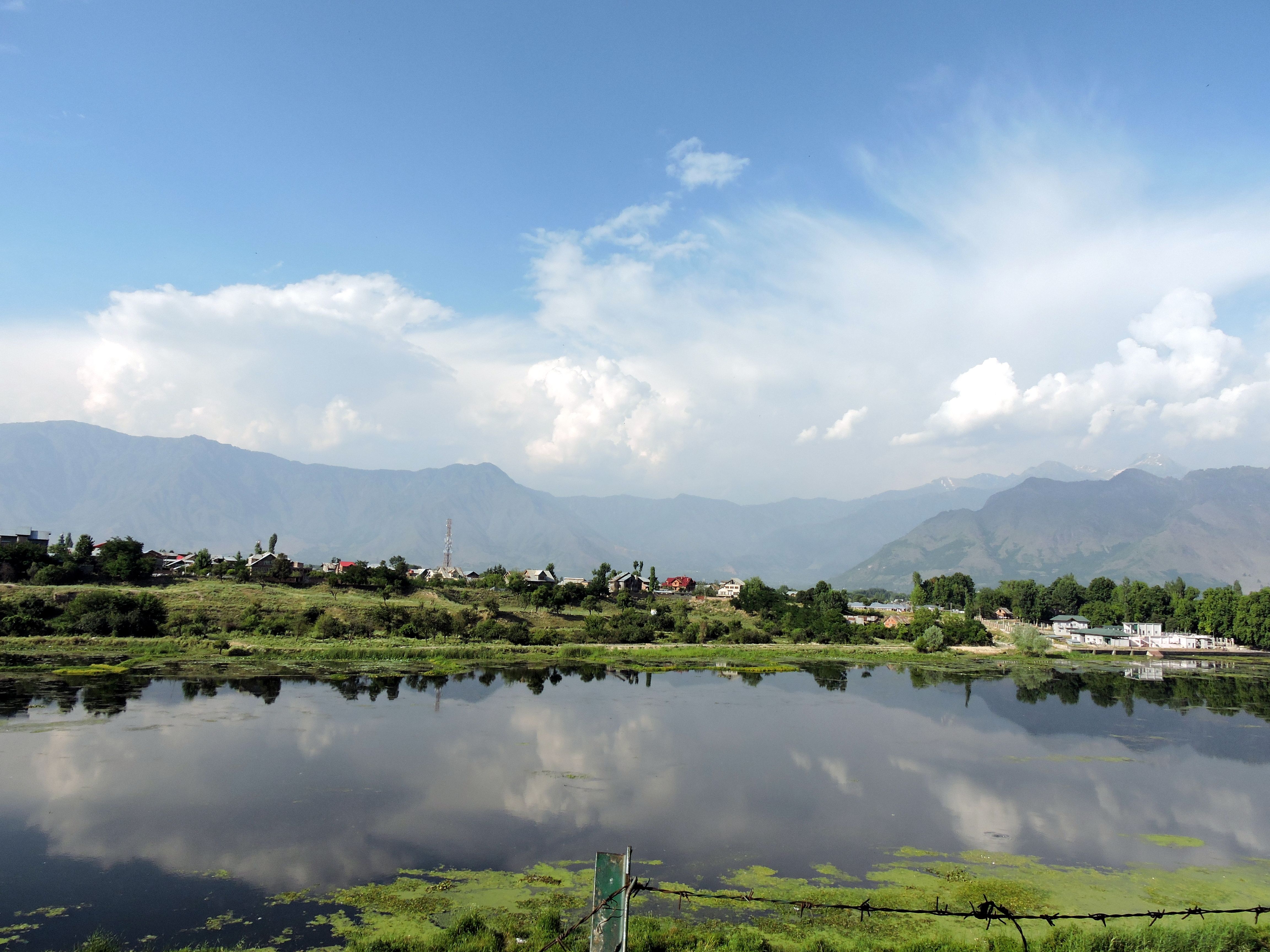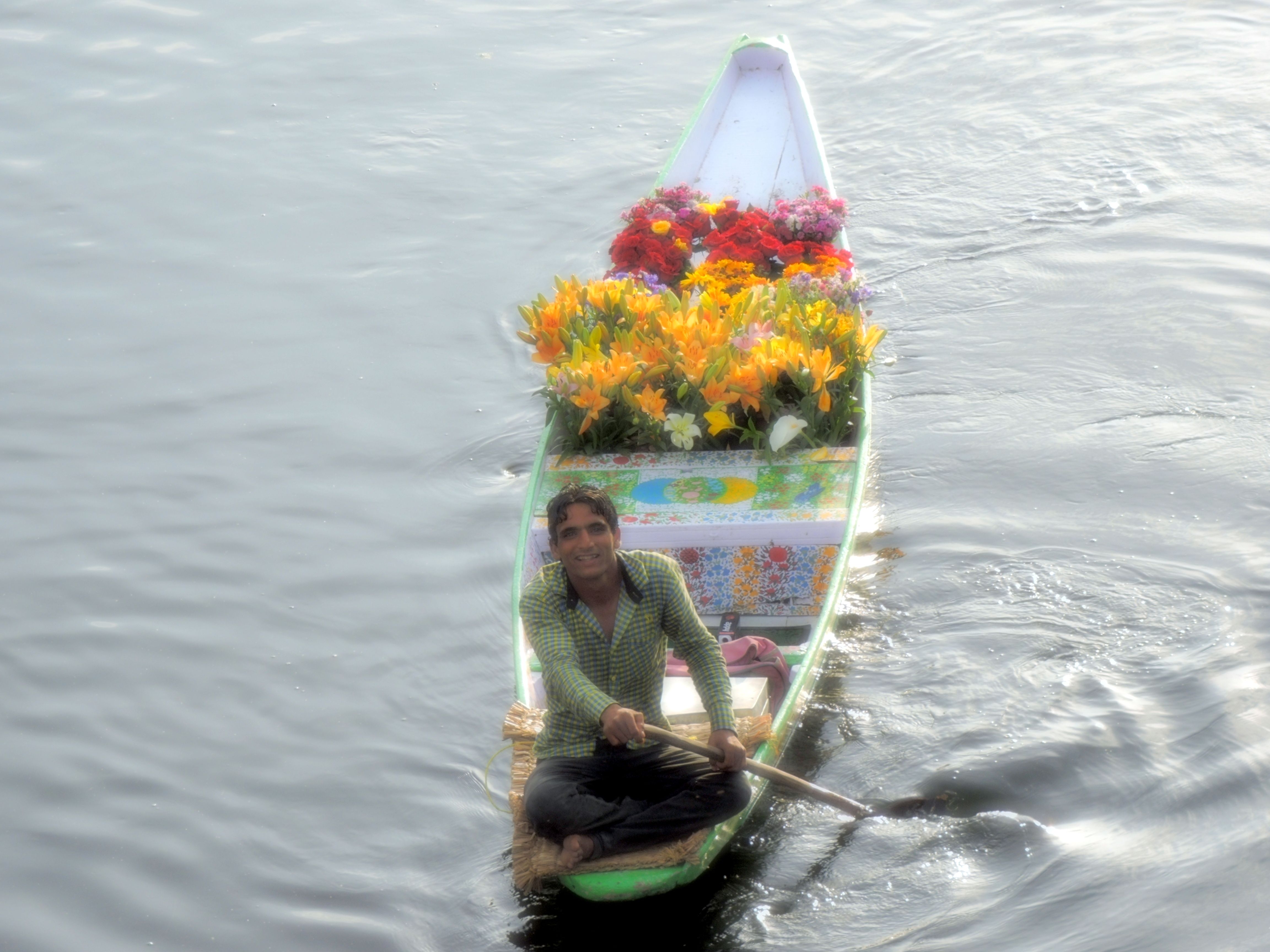August 28, 2014 | Pulitzer Center
By
Reana Thomas
Kashmir’s many water bodies support the lives of millions of people who use them for drinking water, agriculture, retail, and tourism. For many, they are considered home.
The morning markets on these lakes are vibrant in the summers with fresh vegetables and flowers. Shikaras (or flat boats) travel up and down the River Jhelum selling, buying, and trading. Women wash their clothes and dishes using the glacial streams that flow from the surrounding Himalayas.
The extensive use of these natural resources may also be the cause of their downfall.


